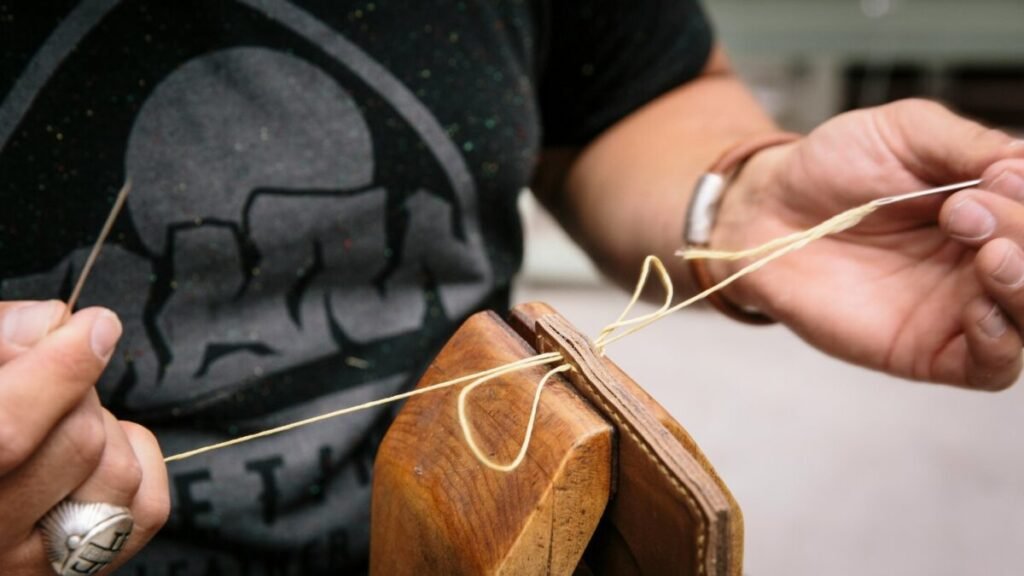In Peril: European Union Puts Thousands of Artisans at Risk

For centuries, animal skin has been a versatile and sustainable natural resource, used for protection, clothing, and various crafts. However, a new proposal in Europe threatens to ban the commercialization of animal skins and products made from them. This initiative, driven by a citizen campaign with over 1.5 million signatures, aims to end the entire production chain based on natural leather.
###A Public Consultation That Could Change Everything
The proposal to ban the sale of animal skins has sparked controversy and raised concerns among rural producers and artisan businesses. This move could have far-reaching consequences, impacting not only the fur industry but also small-scale farmers and craftsmen who rely on leather as a byproduct of livestock.
###Beyond Luxury: An Attack on the Comprehensive Use of Animals
Leather is not just a luxury item but a practical material used in various industries. The ban on natural leather products could lead to an increase in synthetic materials, which have their own environmental impact. Rural communities and artisan associations fear that their way of life is being criminalized by these measures.
###The Promoters: Behind the Scenes, Animalist Lobbies and Million-Dollar Grants
Animal welfare organizations are leading the charge to ban animal skins, with a coordinated agenda to phase out all uses of animal products. These groups have received substantial funding and have influential positions within European governments. Their campaign threatens the livelihoods of farmers, designers, and artisans who rely on animal skins for their work.
As the public consultation continues, stakeholders from all sectors are urged to voice their concerns and defend their trades. The future of the industry, the balance between tradition and modernity, and the livelihoods of thousands of families are at stake. What may seem like a gesture in favor of animal welfare could have devastating consequences for rural sustainability and the preservation of traditional crafts.







